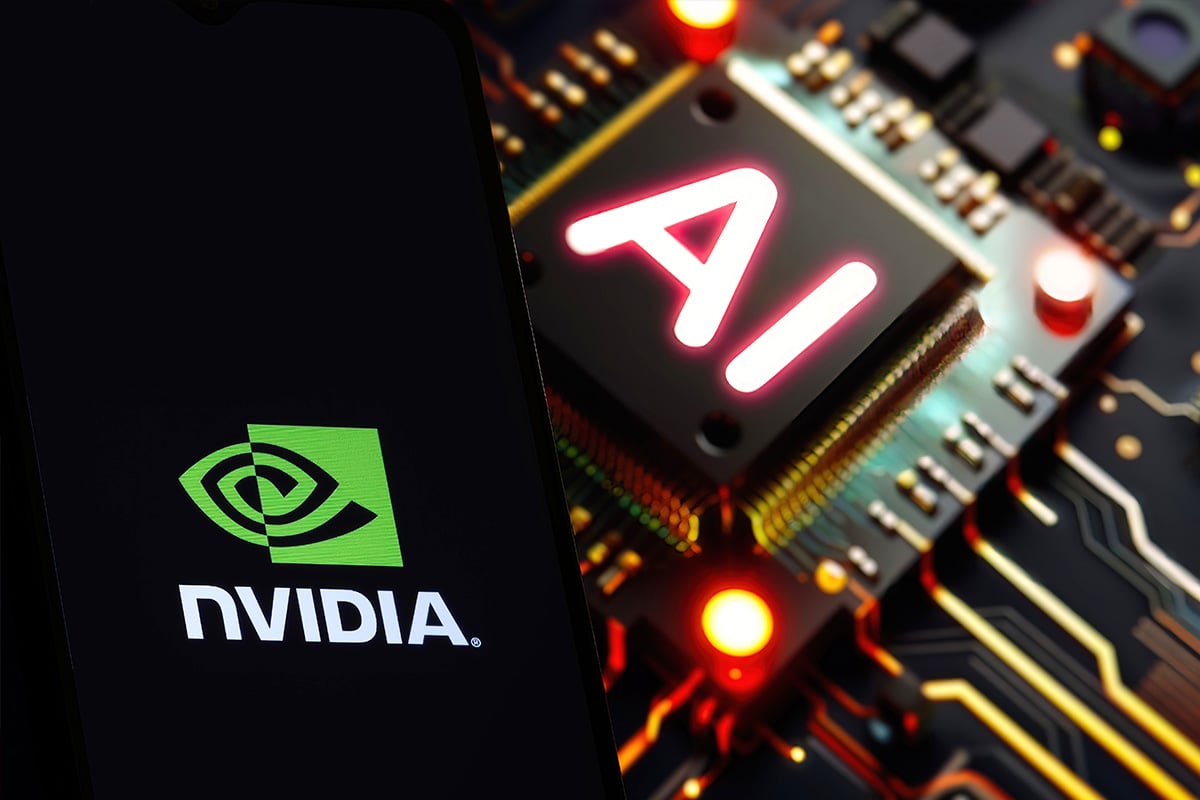Lawrence Jengar
Sep 29, 2025 15:32
NVIDIA’s Run:ai v2.23 integrates with Dynamo to address large language model inference challenges, offering gang scheduling and topology-aware placement for efficient, scalable deployments.
The rapid expansion of large language models (LLMs) has introduced significant challenges in computational demands and model sizes, often exceeding the capacity of single GPUs. To address these challenges, NVIDIA has announced the integration of its Run:ai v2.23 with NVIDIA Dynamo, aiming to optimize the deployment of generative AI models across distributed environments, according to NVIDIA.
Addressing the Scaling Challenge
With the increase in model parameters and distributed components, the need for advanced coordination grows. Techniques like tensor parallelism help manage capacity but introduce complexities in coordination. NVIDIA’s Dynamo framework tackles these issues by providing a high-throughput, low-latency inference solution designed for distributed setups.
Role of NVIDIA Dynamo in Inference Acceleration
Dynamo enhances inference through disaggregated prefill and decode operations, dynamic GPU scheduling, and LLM-aware request routing. These features maximize GPU throughput, balancing latency and throughput effectively. Additionally, NVIDIA’s Inference Xfer Library (NIXL) accelerates data transfer, reducing response times significantly.
Importance of Efficient Scheduling
Efficient scheduling is crucial for running multi-node inference workloads. Independent scheduling can lead to partial deployments and idle GPUs, impacting performance. NVIDIA Run:ai’s advanced scheduling capabilities, including gang scheduling and topology-aware placement, ensure efficient resource utilization and reduce latency.
Integration of NVIDIA Run:ai and Dynamo
The integration of Run:ai with Dynamo introduces gang scheduling, enabling atomic deployment of interdependent components, and topology-aware placement, which positions components to minimize cross-node latency. This strategic placement enhances communication throughput and reduces network overhead, crucial for large-scale deployments.
Getting Started with NVIDIA Run:ai and Dynamo
To leverage the full potential of this integration, users need a Kubernetes cluster with NVIDIA Run:ai v2.23, a configured network topology, and necessary access tokens. NVIDIA provides detailed guidance for setting up and deploying Dynamo with these capabilities enabled.
Conclusion
By combining NVIDIA Dynamo’s efficient inference framework with Run:ai’s advanced scheduling, multi-node inference becomes more predictable and efficient. This integration ensures higher throughput, lower latency, and optimal GPU utilization across Kubernetes clusters, providing a reliable solution for scaling AI workloads.
Image source: Shutterstock
Source: https://blockchain.news/news/enhancing-llm-inference-nvidia-runai-dynamo


